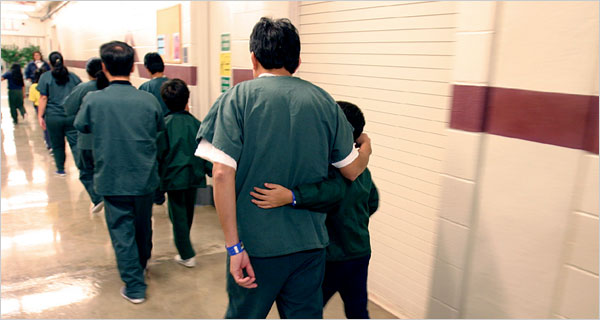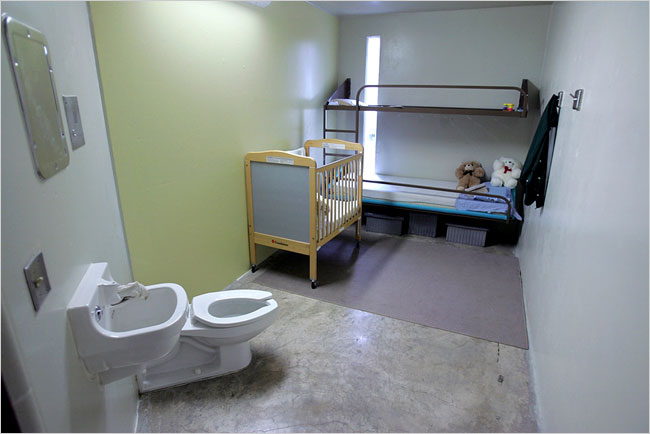| Want to send this page or a link to a friend? Click on mail at the top of this window. |
More Special Reports |
| Posted July 6, 2009 |
| National |
| U.S. to Reform Policy on Detention for Immigrants |
 |
|
CHARLES REED/DEPARTMENT OF HOMELAND SECURITY, VIA ASSOCIATED PRES |
| Families in the hall at the notorious T. Don Hutto Residential Center in Texas. |
|
By NINA BERNSTEIN |
 |
|
POOL PHOTO BY L.M. OTERO |
| A family cell at the T. Don Hutto Residential Center. |
| Wehaitians.com, the scholarly journal of democracy and human rights |
| More from wehaitians.com |